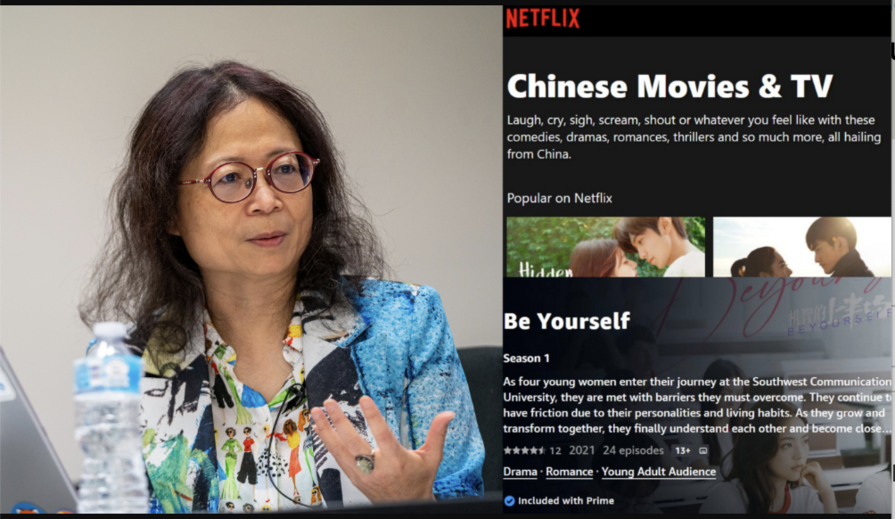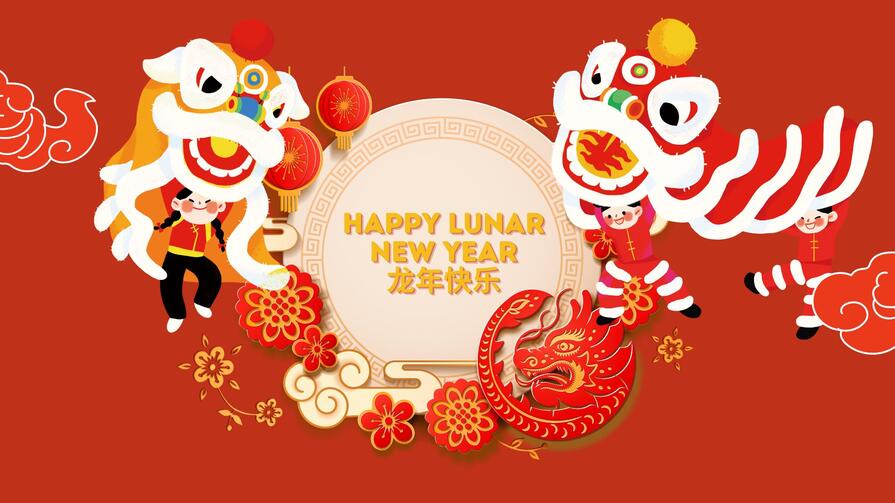By Bill Dotson
This article originally appeared in USC News on October 30, 2009.
At an Oct. 22 literary luncheon, novelist Lisa See shared the family stories and nearly forgotten Los Angeles history that inspired her latest novel.
The Friends of the USC Libraries presented the event before a capacity audience of USC students and faculty, library supporters, Trojan parents and L.A.-area book clubs in their new lecture hall at Doheny Memorial Library. Friends board member Daryle Ann Giardino sponsored the luncheon.
See captivated the audience with everything from reflections on the joys and perils of sisterhood to background on “paper merchants,” “paper sons,” the Chinese Exclusion Act of 1882 and many other aspects of Chinese-American history. She also told the story of how her great grandfather, Fong See, traveled from China in the 19th century to find fortune in California.
Her latest book, Shanghai Girls, follows the epic journey of sisters Pearl and May Chin. Beginning in glamorous 1930s Shanghai, the novel traces their harrowing escape from Japanese soldiers, detention at the Angel Island immigration facility and arrival in an unfamiliar world — L.A.’s Chinatown just prior to World War II.
“I believe that all of us, as immigrants and children or grandchildren of immigrants, can relate to Ms. See’s novel,” said Catherine Quinlan, dean of the USC Libraries. “The stories of Pearl and May in Shanghai Girls, as well as the story of Ms. See’s great grandfather — and those you or I might add from our own families’ experiences — contribute to the larger story we share as citizens of the world.”
Shanghai Girls includes the life stories of real people — such as members of See’s extended family, which like the Louie family in her novel owned gift shops in the China City section of L.A.’s Chinatown before it was destroyed by fire in 1939. The last surviving China City buildings along Spring Street were demolished after the 1971 Sylmar earthquake.
Like her two previous novels, Shanghai Girls examines history in light of emotional bonds between women. “This is a novel about sisters,” See said. “Typically sisters are the longest relationship we’ll have in our lifetimes. A sister is someone who should stand by you and support you and love you no matter what, and yet it’s also your sister who knows exactly where to drive the knife and hurt you the most.”
Research plays an essential role for See, who writes that she “has always been intrigued by stories that have been lost, forgotten or deliberately covered up.”
Accordingly, she has written fiction set in 17th- and 19th-century China — investigating a secret women’s language called Nu Shu for her 2005 novel Snow Flower and the Secret Fan — and a family history titled On Gold Mountain: The One-Hundred-Year Odyssey of My Chinese-American Family.
“They always tell you to write what you know,” See said. “But there are many things I don’t know when I start working on a book. So I do a lot of research. I go to libraries, and I read. I read published and unpublished dissertations — books that not even the authors’ own mothers have read.”
See delved into the history of L.A.’s China City for Shanghai Girls. She explained that Christine Sterling, who also developed nearby Olvera Street as a tourist attraction, built China City using ornate leftover movie sets from The Good Earth (1937) and surrounded the area with a miniature Great Wall. “Visitors could ride rickshaws, eat ‘China burgers’ and drink that most traditional of Chinese drinks, ‘pirate grog,’ ” See said. “Despite its lack of authenticity, it had a certain wacky charm.”
As a child, See spent hours exploring the F. Suie One Co., her family’s antique store, while it was still on Spring Street. She recalled the magical sensation of finding “an old wishing well, the remnants of a gold fish pond” and other salvaged “pieces of old China City” in its “hidden alcoves.”
In a recent visit to the store’s Pasadena location, she discovered that many of these items had been sold or misplaced — and that most of the people who still remembered the old China City were now in their 80s or 90s.
“I wrote this book,” See said, “because I realized that all the places I’ve known — the places that have given me stories and made me the person I am — will soon be gone. This is why of all my books, this is the one that’s closest to my heart…. China City had already disappeared from the face of the earth. I wanted to talk to the people who remembered it before it disappeared from the face of memory as well.”
After her lecture, See fielded questions from the audience about her love of history, her craft and her decision to become a wrier.
When asked her advice for young writers, she said, “Write a thousand words a day…. You have to do that before you do anything else. There are so many things you can do instead of writing. Scrubbing the bathroom grout with a toothbrush is better than writing a lot of the time.”




